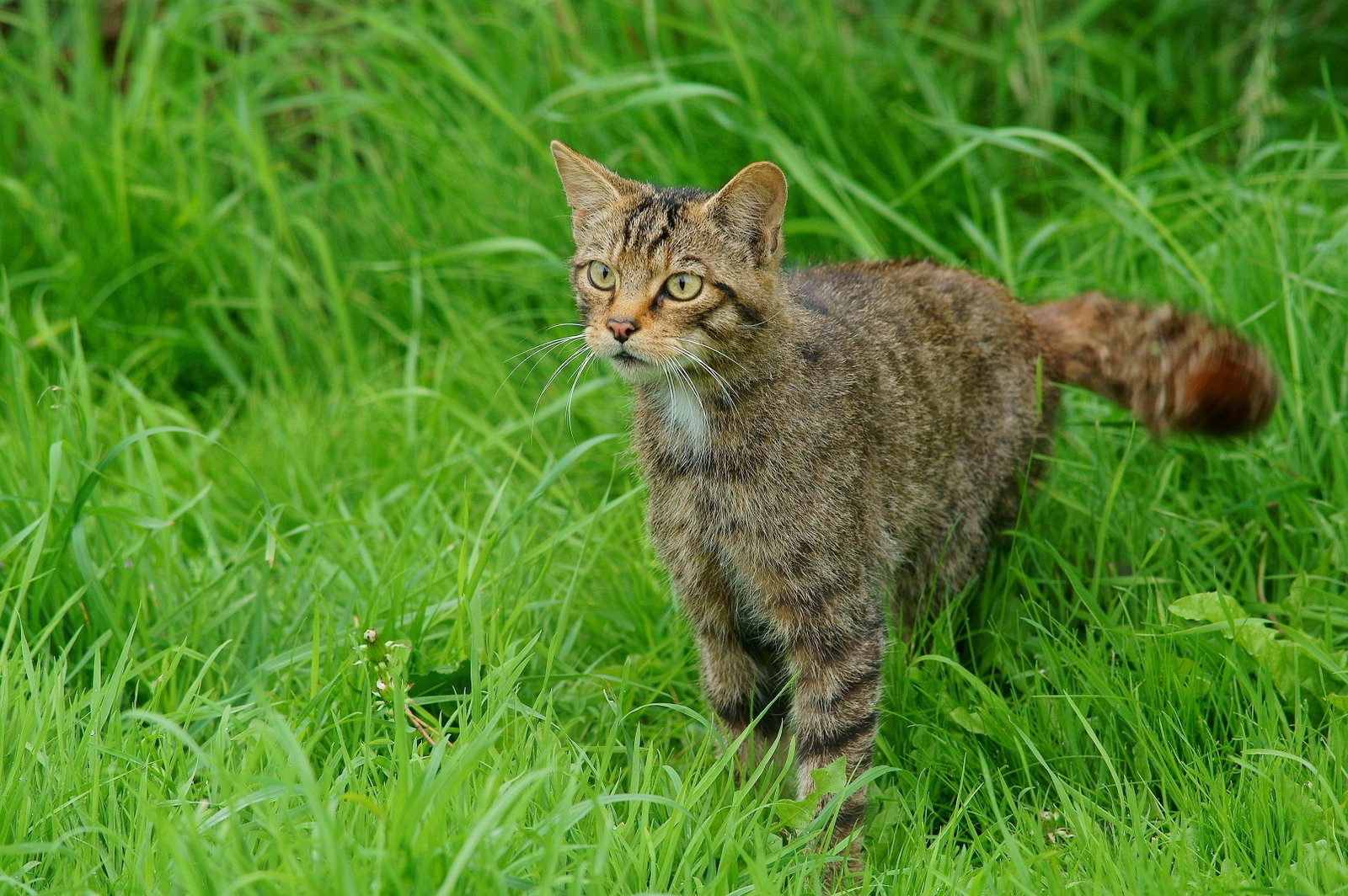Have you ever been startled by your cat’s sudden leap onto your lap or, just as quickly, their cold shoulder? Cats are mysterious creatures—one moment, they’re head-butting you with pure love, and the next, they’re glaring at you like you’ve ruined their entire day. If you’ve found yourself puzzled by your feline friend’s strange mix of affection and aloofness, you’re not alone. There’s a secret language behind every purr, tail flick, and slow blink. Knowing what your cat is really trying to say can turn confusion into connection—and maybe even a few more purrs and cuddles.
Head Bumping: The Feline Love Tap
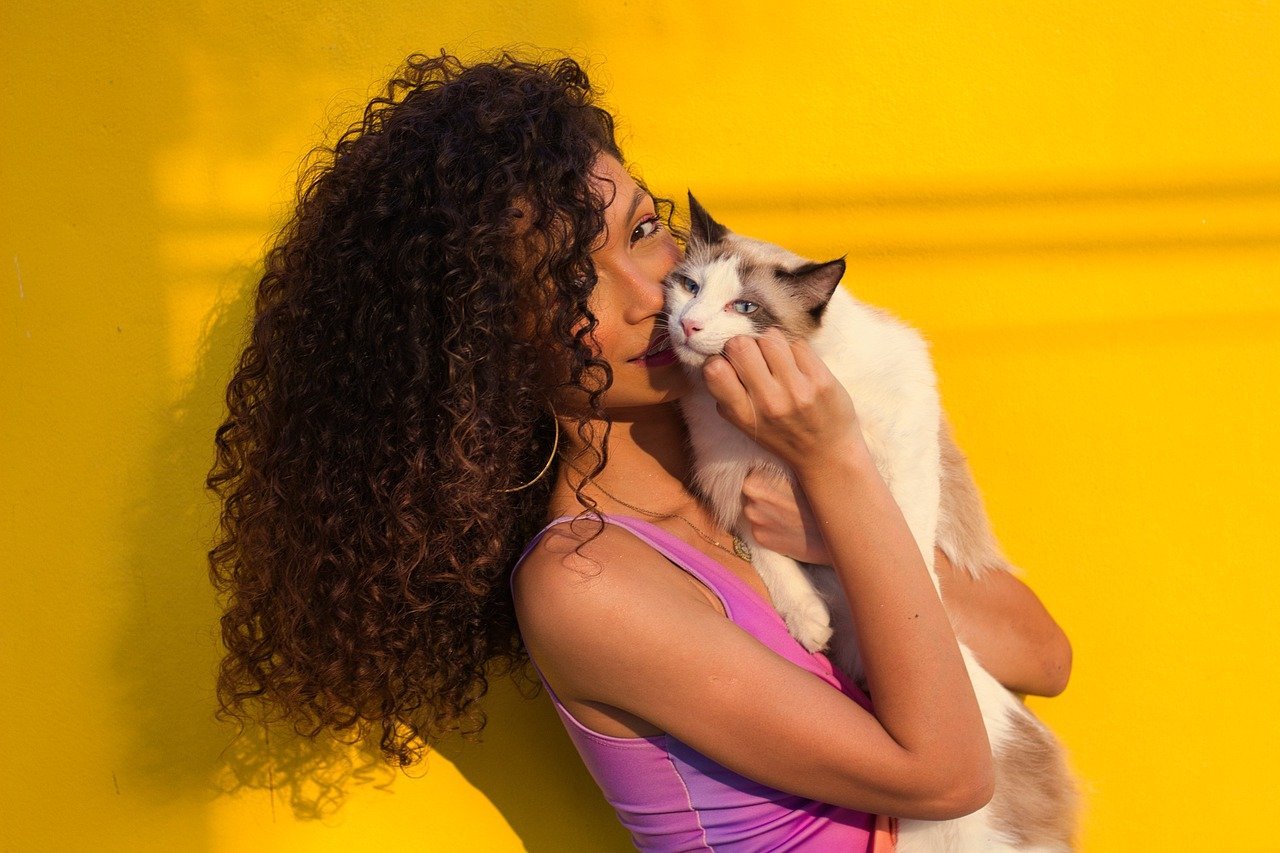
When your cat gently bumps their head against you, it’s not just an accident—it’s a feline’s way of saying, “You’re my person.” This sweet gesture, called bunting, is how cats mark you with their scent. It’s a sign of deep trust and comfort, almost like a secret handshake between the two of you. Head bumping usually happens when your cat is feeling safe and content. You might notice it when you’re relaxing or when they greet you after a long day. It’s their way of including you in their inner circle, and it’s honestly adorable.
Purring: The Soothing Sound of Love
There’s nothing quite like the gentle rumble of a cat’s purr. Most cat lovers melt when they hear it, and for good reason. Purring is a sign of comfort, happiness, and sometimes even gratitude. When your cat curls up beside you and starts purring, it means they feel secure and happy in your presence. Cats also use purring to communicate with their kittens and other cats, so when they share it with you, it’s a special sign of affection. But don’t be fooled—sometimes purring can also mean your cat is trying to calm themselves if they’re anxious or in pain.
Slow Blinking: The Kitty Kiss

If you’ve ever noticed your cat staring at you, then slowly closing and opening their eyes, congratulations—you’ve just received a “kitty kiss.” This slow blinking behavior is one of the most loving gestures your cat can give. It’s their way of saying, “I trust you.” Slow blinking mimics the relaxed state cats share with trusted companions. Try returning the gesture by blinking slowly back. Many cat owners find that this simple exchange builds a stronger bond, as if you’re both sharing a little secret.
Kneading: The Biscuit-Making Ritual

Kneading, where your cat pushes their paws in and out against your lap or a soft blanket, is both hilarious and heartwarming. This behavior comes from kittenhood, when young cats knead their mother to stimulate milk flow. When your adult cat kneads you, it’s a throwback to those comforting days. It means your cat feels completely at ease and associates you with safety and warmth. Some cats get so into it, they drool or even purr loudly, showing just how much they adore you.
Following You Around: The Little Shadow
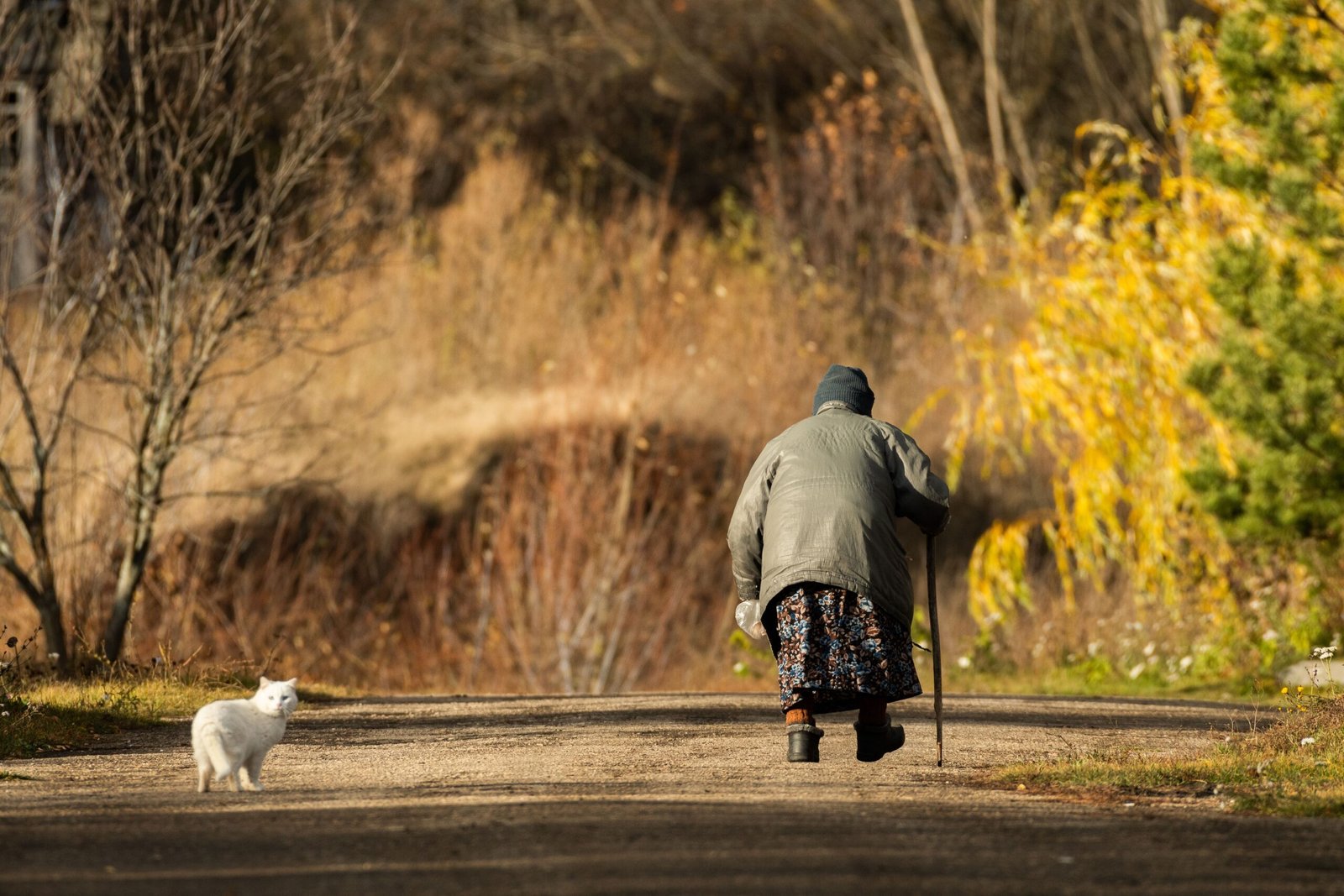
Ever feel like you’re being followed around the house? If your cat is your constant shadow, it’s a sign of deep affection. Cats that trail their humans from room to room are showing that they want to be near you, even if they’re just watching you fold laundry or wash dishes. This behavior is their way of saying, “I enjoy your company, and I want to be part of your world.” It can be both endearing and a little bit funny, especially when you realize you haven’t had a moment alone all day.
Sleeping on You: Trust at Its Purest
When your cat chooses to nap on your lap, chest, or even your head, it’s a massive compliment. Cats are most vulnerable when they sleep, so picking you as their bed shows ultimate trust. Your scent, body heat, and heartbeat make them feel safe and loved. This snuggle is their way of saying, “You’re my safe haven,” and it’s a privilege that not every cat owner gets to experience. It’s hard not to feel special when your feline friend curls up and drifts off on top of you.
Gift Giving: Presents from the Wild

As shocking as it might be to find a dead mouse or bug on your doorstep, it’s actually your cat’s way of showing love. In the wild, mother cats bring prey to their kittens. Domestic cats extend this behavior to their human families. While the “gifts” might not be your favorite, they’re a sign your cat cares about you and thinks of you as part of their family. It’s a strange but sincere way of saying, “I want to take care of you.”
Tail Quivers: The Excited Welcome
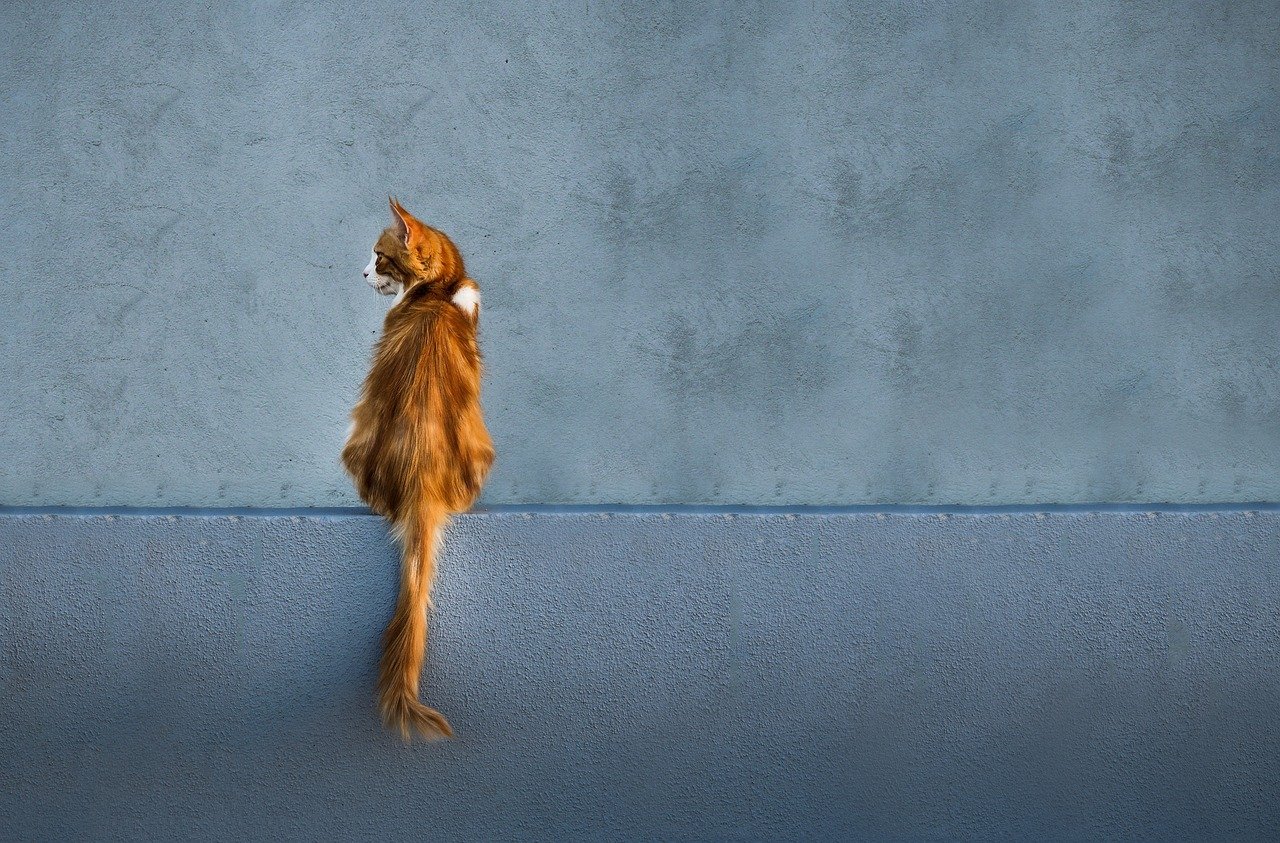
When your cat approaches you with their tail straight up and the tip quivering, get ready for an affectionate greeting. This tail signal is a classic sign of excitement and happiness. It’s like your cat waving hello in their own special way. You’ll often see this when you walk through the door after being away. The tail quiver says, “I missed you!” and is one of the cutest ways a cat can express their joy at seeing you.
Licking: Grooming Their Favorite Human
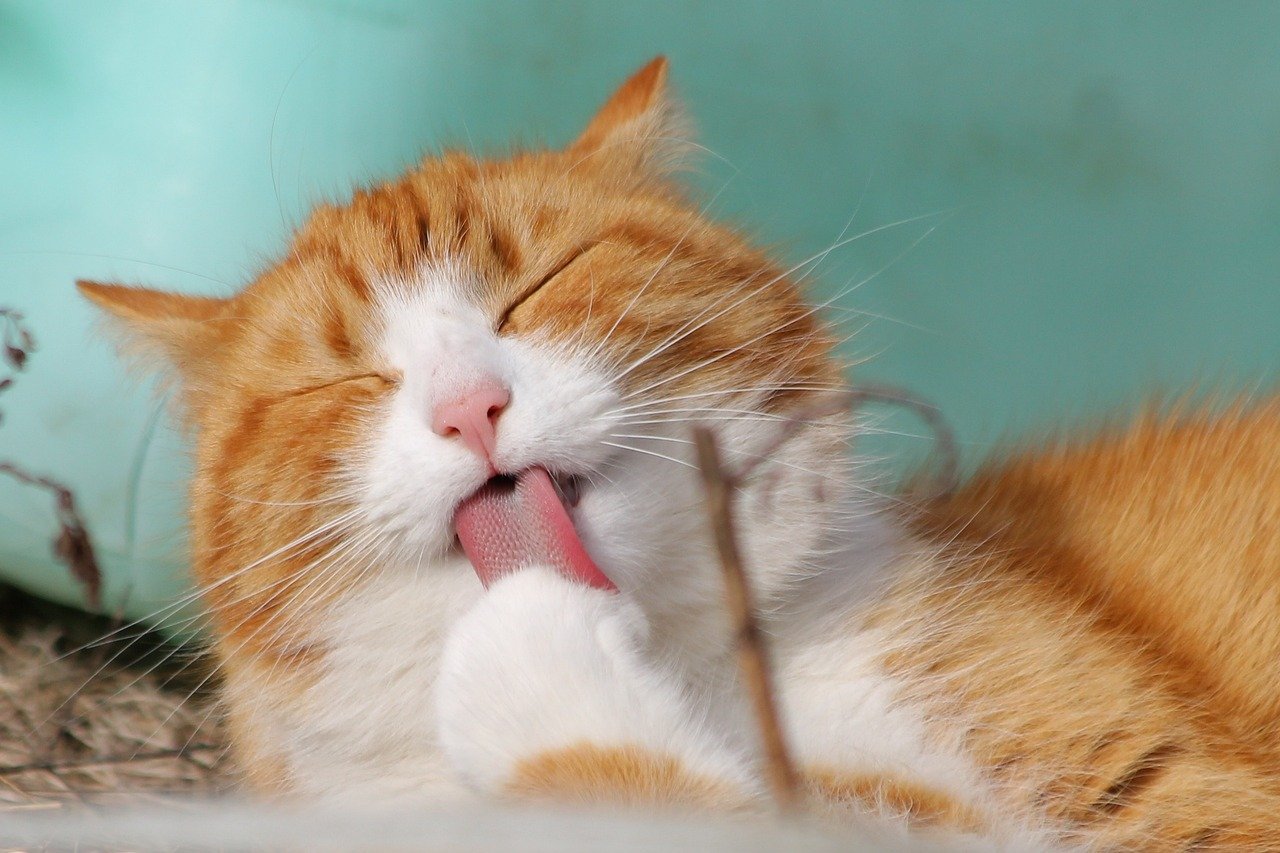
If your cat licks your hand, hair, or even your face, they’re treating you like family. Cats groom each other to strengthen social bonds, and when they extend this to you, it’s a gesture of deep affection. Licking is their version of giving you a little kiss or helping you “clean up.” It can be a ticklish and sometimes surprising experience, but it means your cat feels very close to you.
Exposing the Belly: The Ultimate Trust Fall

A cat that rolls over and shows you their belly is giving you the highest compliment. The belly is a vulnerable spot, and exposing it means your cat trusts you completely. Sometimes they want a gentle belly rub, but more often, it’s just a sign that they feel safe around you. Be careful, though—not all cats want their tummies touched, even if they show them off. Take it as a sign of love and security, and always watch for their comfort cues.
Flattened Ears: The “Back Off” Signal
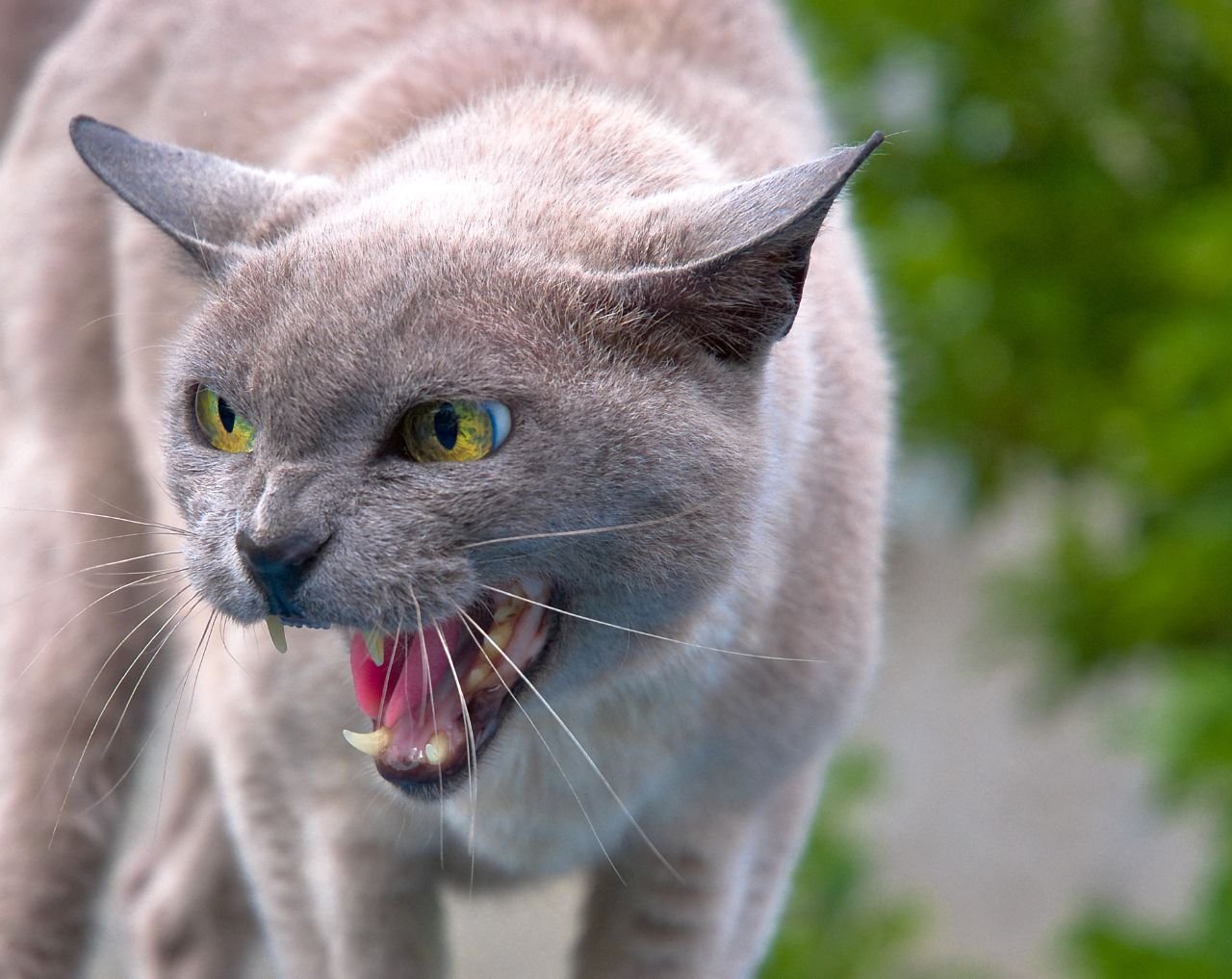
When your cat’s ears suddenly flatten against their head, it’s a clear sign they’re feeling threatened or overstimulated. This defensive posture means, “I need space right now.” Flattened ears usually come with other warning signs, like a twitching tail or a low growl. It’s important to respect this signal and give your cat some room. Pushing them when they’re already uneasy can lead to scratches or bites. Think of flattened ears as your cat’s “Do Not Disturb” sign.
Swishing Tail: Irritation on Display
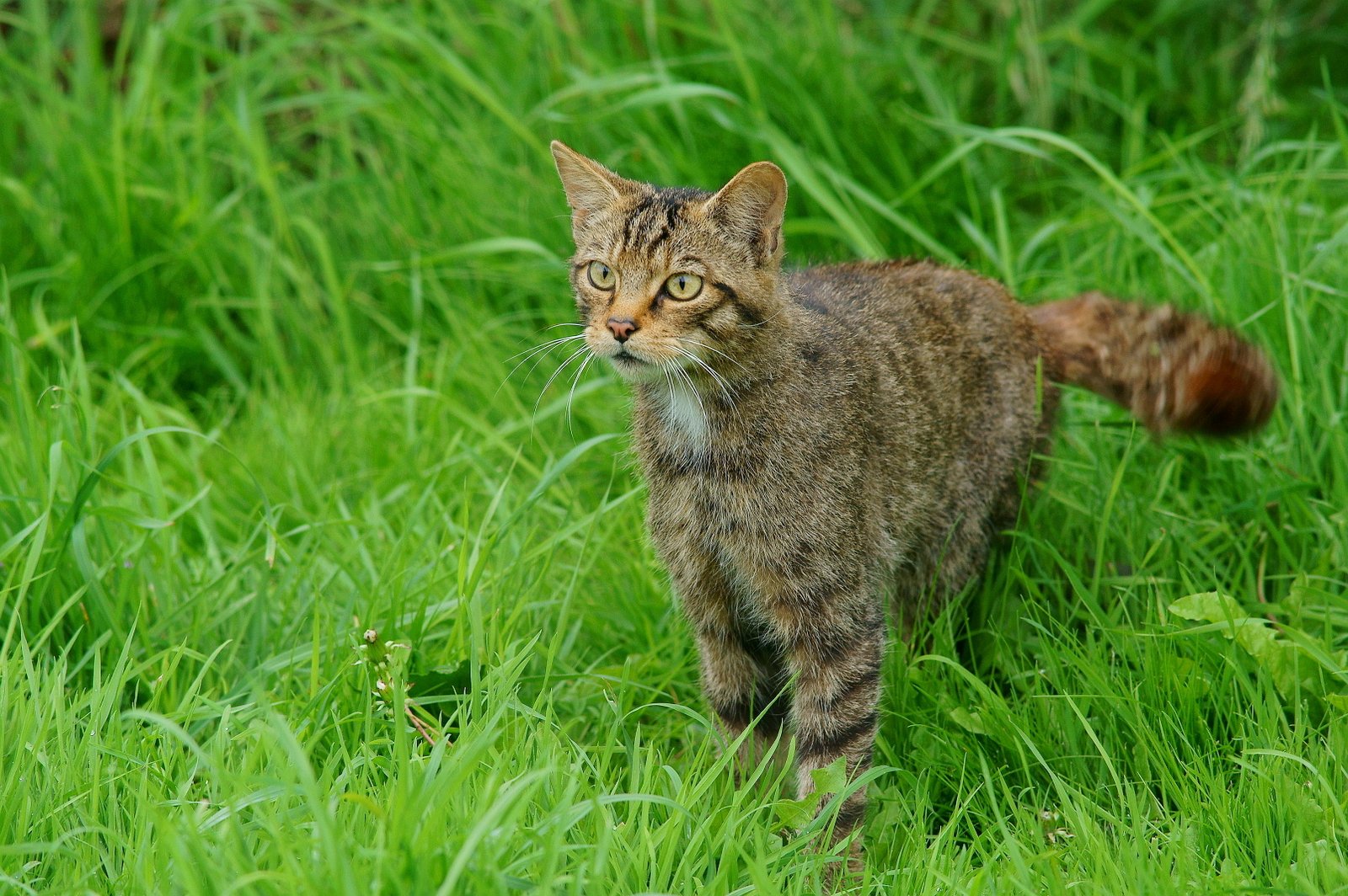
A cat’s tail is like a mood ring, and when it starts swishing or lashing back and forth, trouble might be brewing. Unlike the upright, quivering tail of happiness, a swishing tail means your cat is annoyed or overstimulated. You’ll often see this when you’ve been petting them for too long or if there’s too much noise or activity. If your cat’s tail is moving like a whip, it’s a good idea to give them a little break before things escalate.
Hissing: The Verbal Warning
Hissing is about as clear as it gets. If your cat hisses at you, they’re feeling scared, threatened, or extremely uncomfortable. This sharp, snake-like sound is a warning, not just to you but to anyone nearby. It’s their way of saying, “Back off, or else!” It can feel hurtful if your cat hisses at you, but remember, it’s not personal—they’re just protecting themselves. The best response is to give them space and let them calm down.
Hiding: The Disappearing Act

If your cat suddenly vanishes under the bed or into a closet, they might need some alone time. Cats hide when they feel stressed, overwhelmed, or unwell. It’s their way of coping with too much stimulation or uncertainty. While it can be worrying if your usually social cat goes into hiding, it’s important to respect their need for solitude. Don’t force them out—let them come back in their own time when they feel safe again.
Biting: Affection or Annoyance?
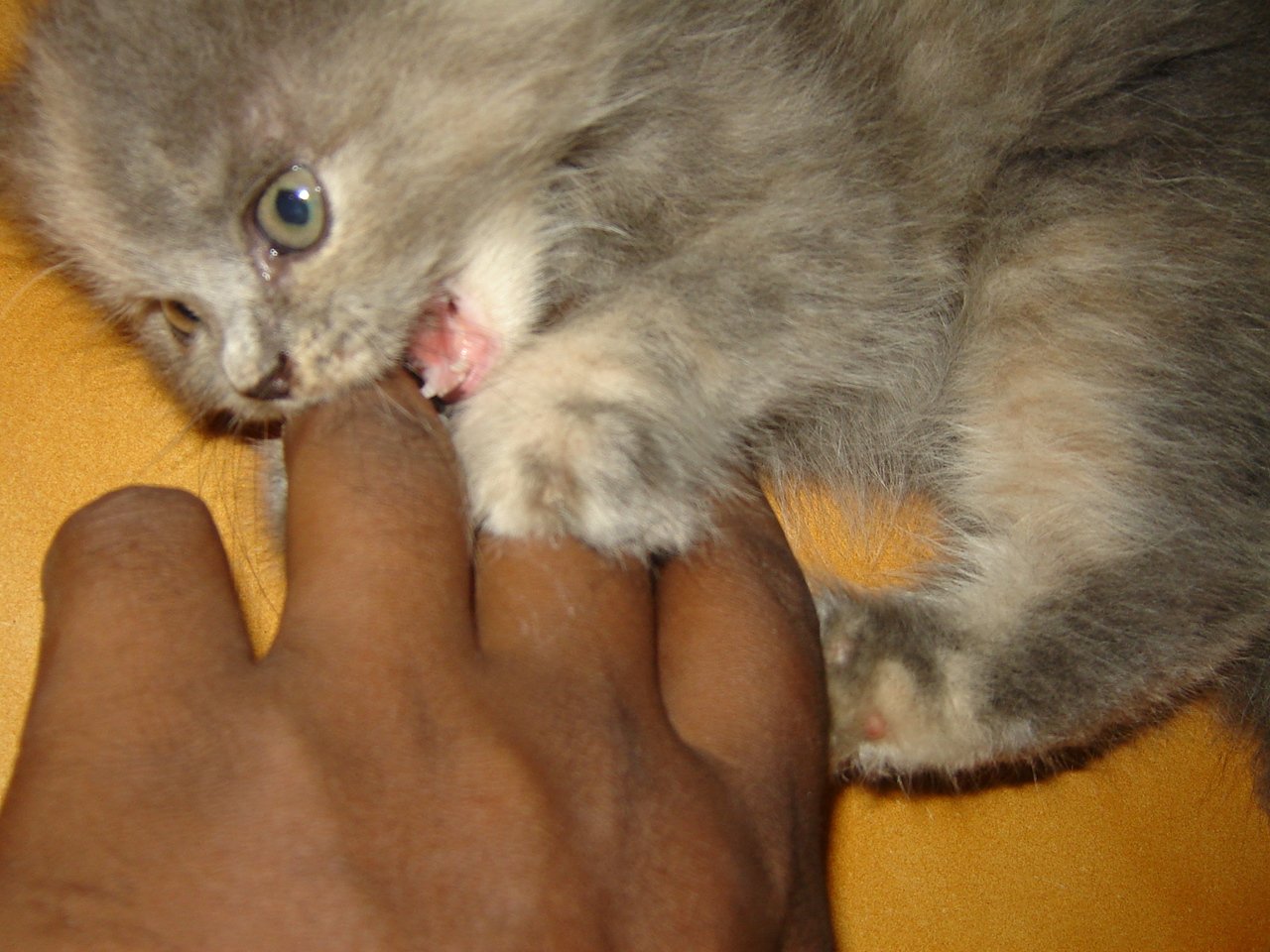
Cat bites can be confusing—sometimes they’re playful, other times they mean “enough is enough.” Gentle love bites during play or petting are generally harmless and can be a quirky sign of affection. However, harder bites usually mean your cat is overstimulated or wants you to stop what you’re doing. Pay attention to the context and your cat’s body language. If biting happens often, it might be time to change how you interact during playtime or petting.
Growling: The Feline Grumble
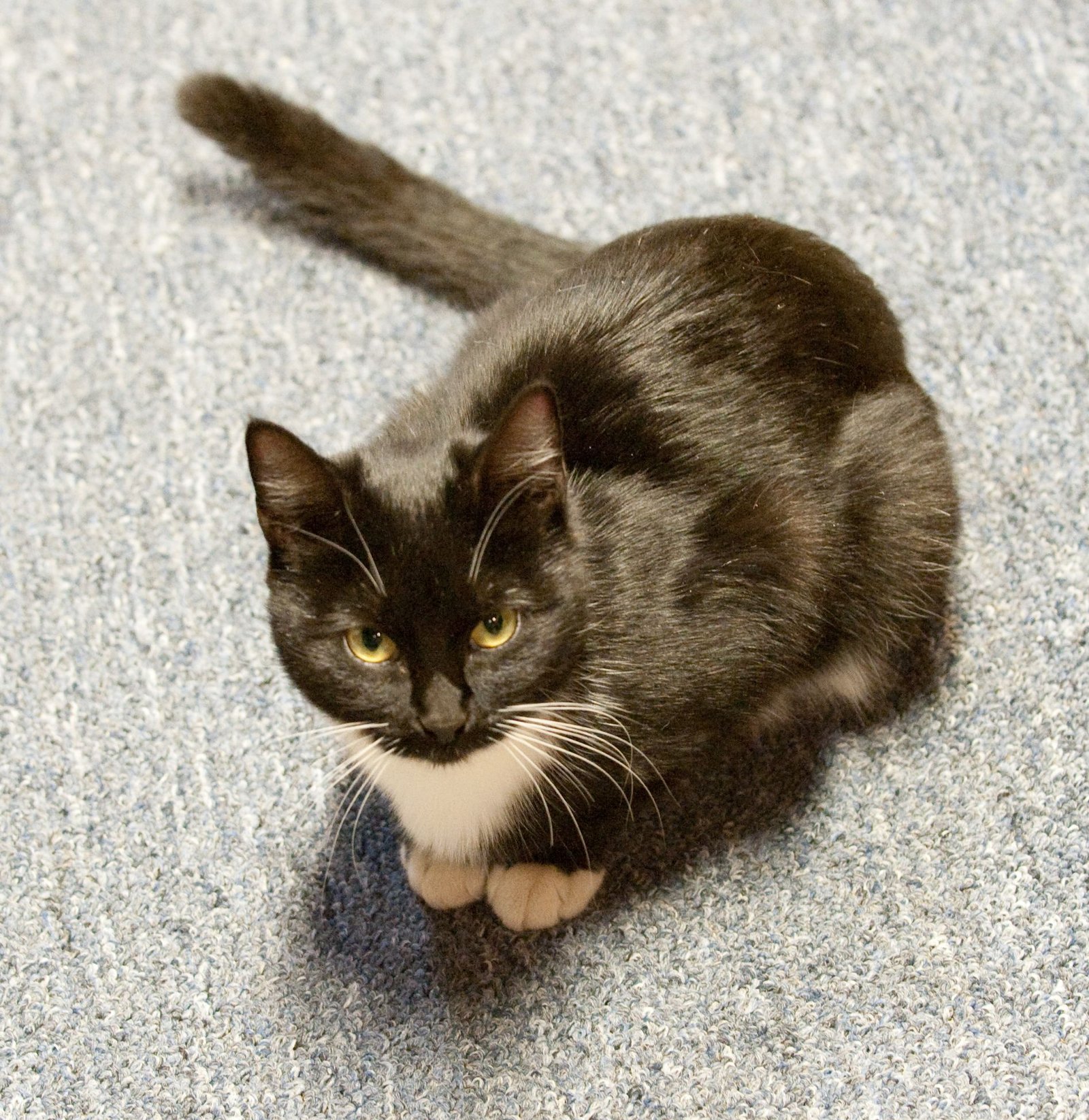
Growling is a serious warning from your cat that they’re feeling threatened or very unhappy. The low, rumbling sound is often paired with other defensive behaviors like flattened ears or a puffed-up tail. Growling is more common when a cat feels cornered or their personal space is being invaded. It’s best to back off immediately when you hear this sound. Trying to calm a growling cat usually just makes things worse.
Stiffened Body: Ready to Bolt
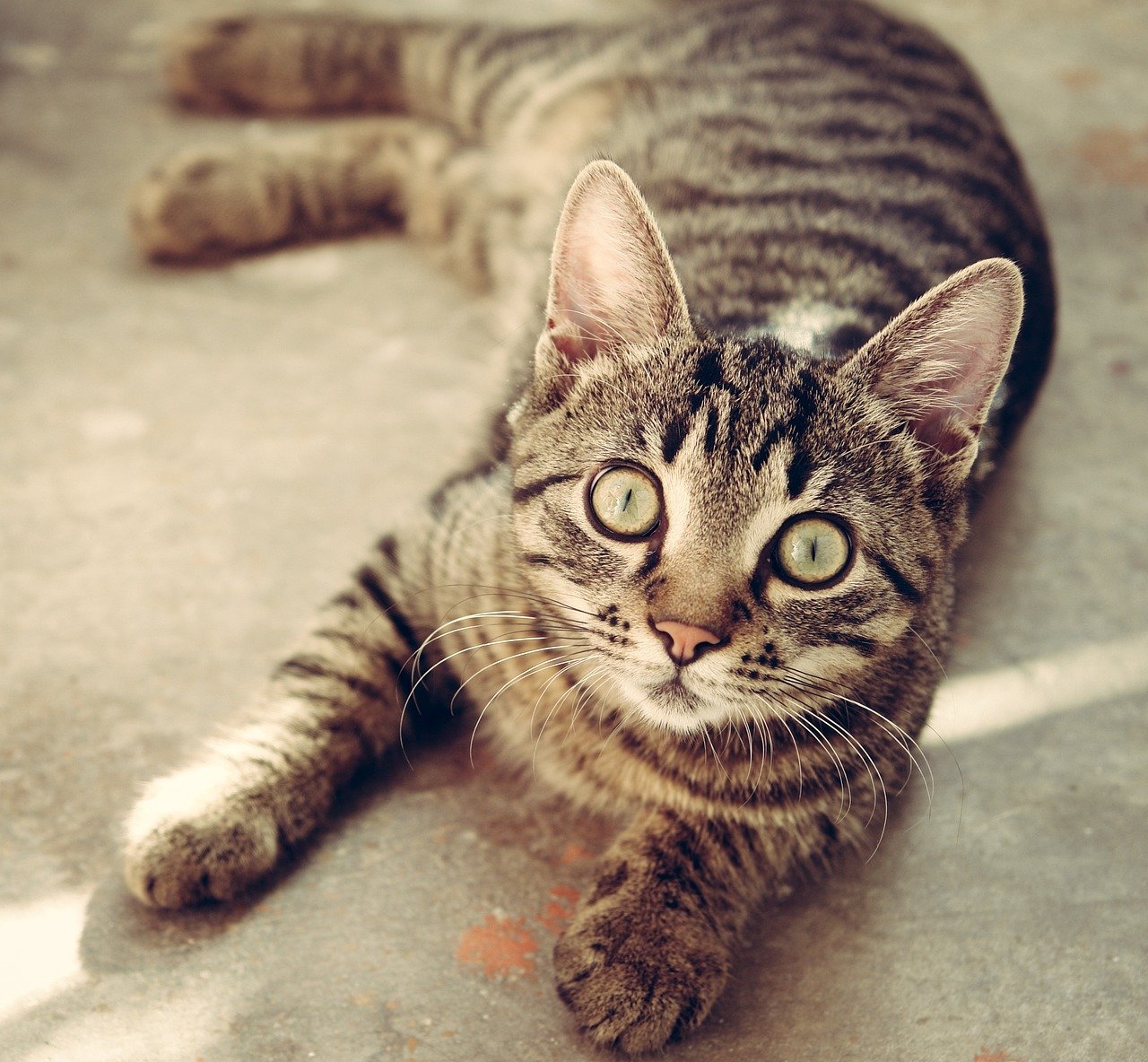
When your cat’s body suddenly becomes stiff and their muscles tense up, it’s a sign they’re on high alert. This posture means your cat is ready to run or defend themselves if necessary. It can happen if you approach too quickly or try to pick them up when they’re not in the mood. A stiffened body is their way of saying, “I’m not comfortable right now.” If you see this, it’s wise to slow down and give them some space.
Tail Puffing: Cat on Edge

A puffed-up tail that looks like a bottle brush is a classic sign your cat is scared or startled. This dramatic display is meant to make them look bigger and more intimidating to whatever is bothering them. Tail puffing often comes with arched backs and wide eyes. It’s not a sign of playfulness, but a clear message: “I’m not okay with this situation.” If you see your cat’s tail puff up, it’s time to back off and give them room to recover.
Turning Away: The Cold Shoulder
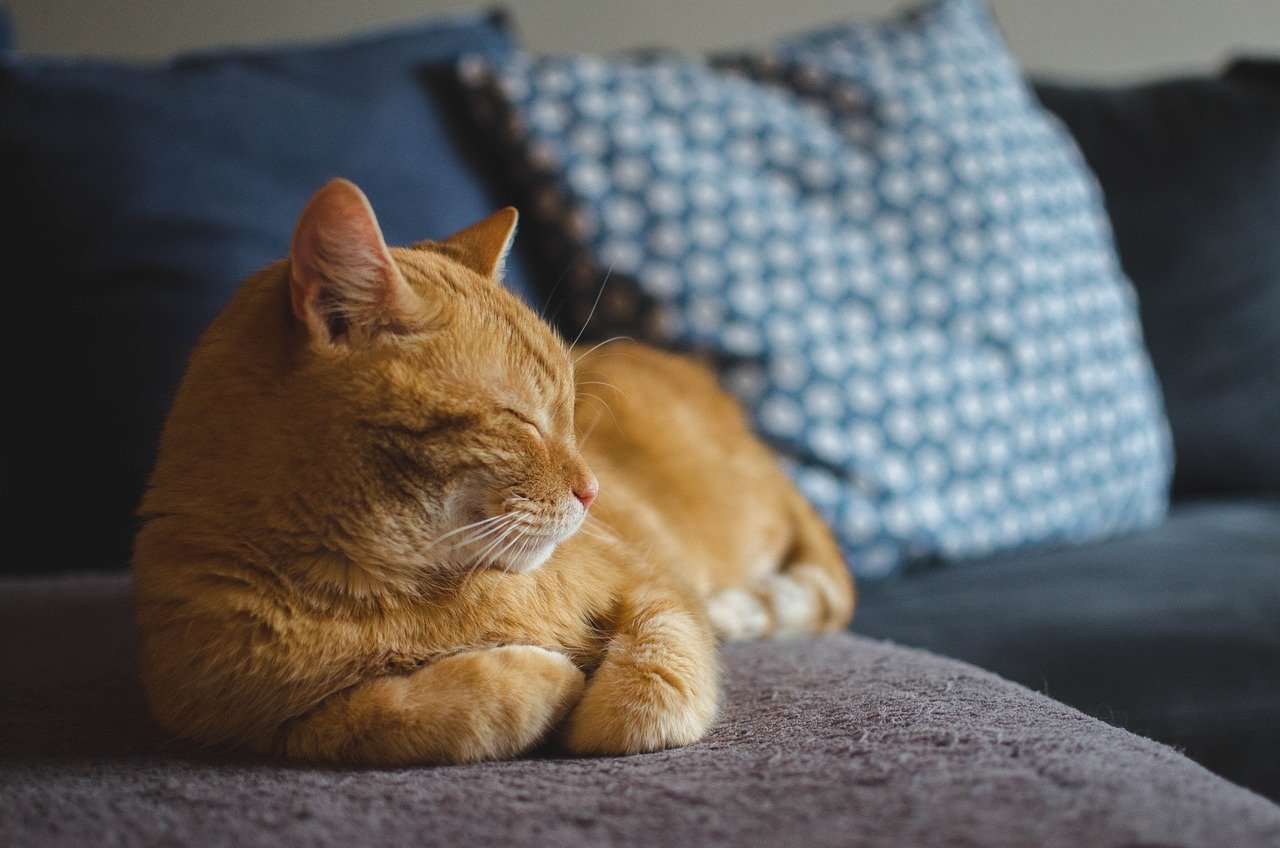
Sometimes, cats express their need for space in subtle ways. If your cat turns their back to you or walks away when you try to pet them, they’re politely saying, “Not right now, thanks.” It can sting a little, but it’s just their way of setting boundaries. Cats value their independence, and respecting their signals can actually strengthen your relationship. Don’t take it personally—it just means your cat needs some alone time.
Over-Grooming: Signs of Stress
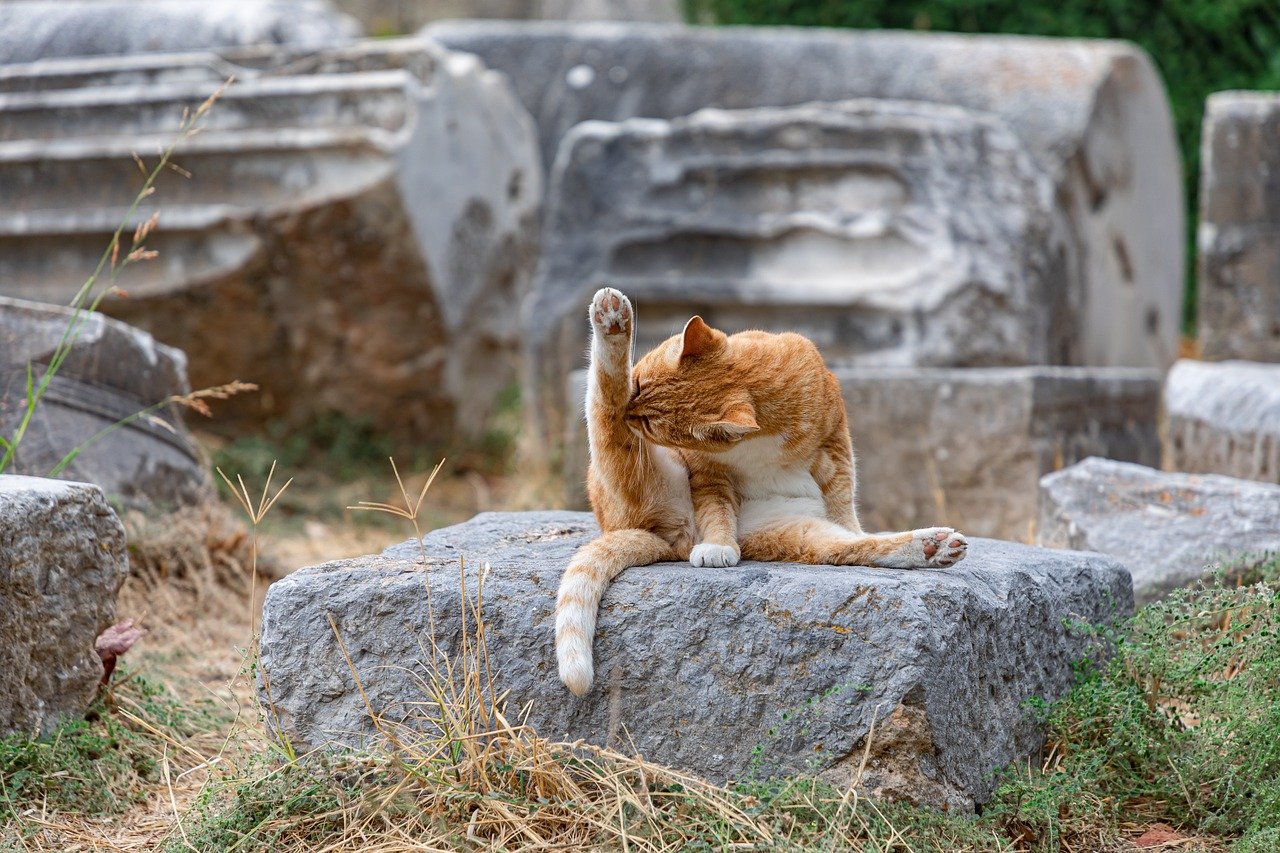
If you notice your cat licking themselves obsessively, especially to the point of creating bald spots, it’s a sign they’re stressed or anxious. Over-grooming can be a way for cats to self-soothe when they’re feeling overwhelmed. It’s important to pay attention to this behavior, as it might mean your cat needs a calmer environment or a break from too much interaction. Sometimes, over-grooming can signal a medical issue, so it’s always good to keep an eye out.
Sudden Scratching: The Final Word

When your cat quickly lashes out with their claws, it’s the final warning that they’ve had enough. Sudden scratching often happens if you ignore earlier signals like tail swishing or flattened ears. It’s usually not meant to hurt you, but to make you stop whatever is bothering them. Learning to recognize the earlier signs can help you avoid this situation altogether. Cats communicate clearly when they want a break—you just have to know what to look for.

